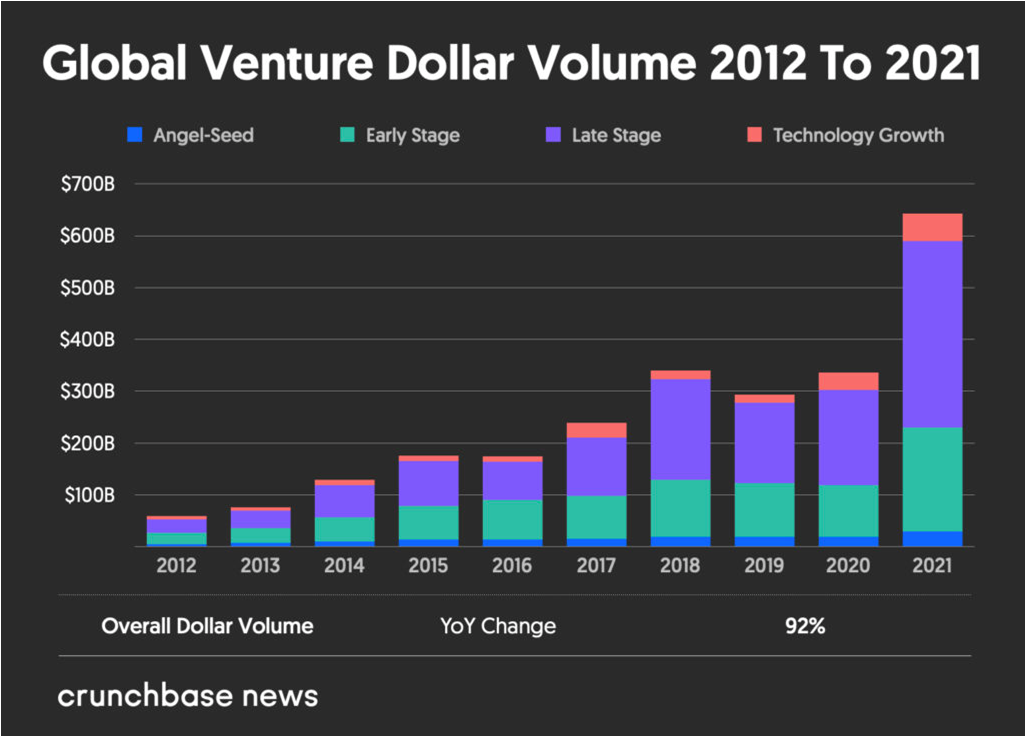
Why Implement Early?
-
Excellent opportunity to implement standardized process early in the organization's lifetime
-
Economical as there are fewer people to train
-
Low people change management required
-
Low volume of migration of legacy data
-
Establish compliance and controls (when appropriately implemented)
-
Build historical data
Implementation Guidelines
-
Get a helping hand - Extend your organizational capabilities with good partners who can take a more consultative approach to define requirements and processes around business functions. The right partner would also bring in best practices and learnings from other organizations
-
The partner should have configurable templates for business processes, data conversions, user documentation, and training (At Triniti, we have all these to make the implementation economical without compromising quality)
-
The partner should require minimal time from end-users
-
Plan for the scale (transaction volume, processes, people) in future
-
Attempt to keep the application landscape simple. A common application platform, for instance, would mean fewer applications, and fewer integration needs leading to fewer failure points, and security vulnerabilities (e.g. Oracle owns and manages the entire stack from datacenters, network, server, OS, database, platform, storage, and application layer)
-
Look for a scalable and secure application ecosystem that caters to most of the business capability needs under the same umbrella, invests in R&D, and has a history of customer advocacy
-
Keep your processes flexible and do not aim for perfection - things will change (once again, engaging the right partner will help you keep the changes current)
Internal Challenges
The guidelines above help overcome the following challenges:
-
Lack of comprehensive requirements
-
Too many moving parts - Business, Industry, Competition, VCs, Cashflow, New Talent, Technology
-
Everything was needed yesterday
-
Baselines do not exist
-
Constant influx of new people with new ideas making it difficult to maintain consistency of approach
Background

Image source: https://news.crunchbase.com/news/global-vc-funding-unicorns-2021-monthly-recap/
While interacting with these companies, one can't help but develop a deep appreciation for their challenges. Managing hypergrowth while acquiring new customers quickly, tweaking the product/service continuously, fending off competition, hiring the right people quickly, keeping cash in the bank, and dealing with investor expectations is overwhelming.
Most of these companies in the early stage do not have the scale. However, they still need to:
-
Manage Employees, Customers, and Vendors
-
Take and fulfill orders
-
Pay vendors and get paid by customers
-
Plan and manage demand and supplies
-
Generate financial reports
-
Ensure compliance
-
Track work-in-process for manufacturing companies. If their manufacturing is 24x7 and requires specializations such as recipe management, or complex manufacturing, then an MES is also needed. Otherwise, the manufacturing modules of the ERP software are adequate (Triniti recommends Oracle SaaS applications)
-
Support decision making



